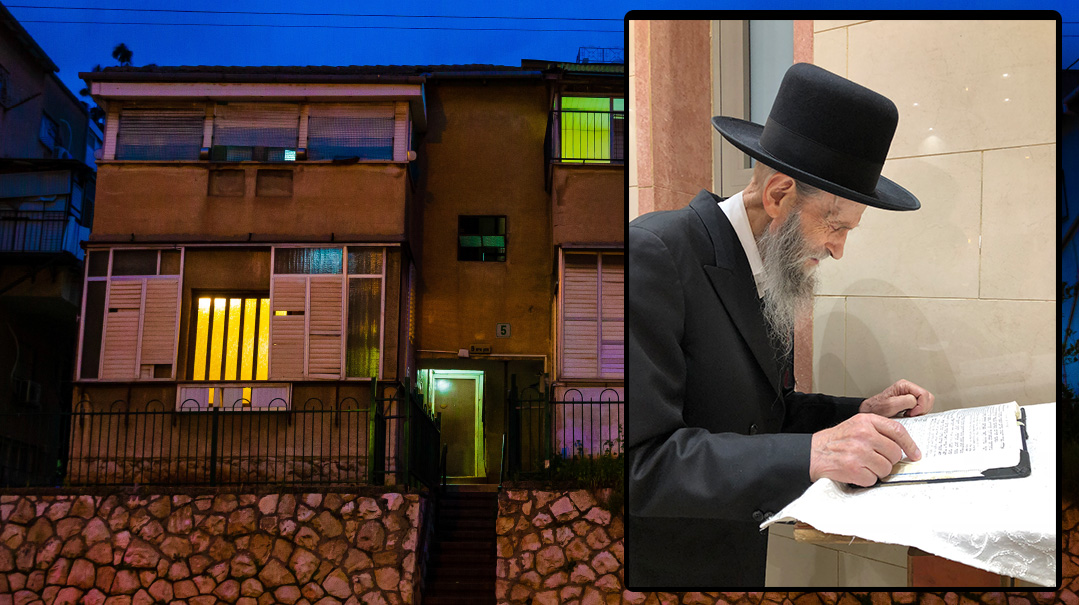The Hidden Tzaddik of Chazon Ish 5

The thousands who came to Rav Steinman's home were unaware that upstairs, Rav Yitzchak Grodzinski’s modest demeanor hid the splendor of the last prince of Slabodka

When a bankrupt contractor walked away mid-job from a small building project in Bnei Brak in the 1950s, the four young couples who had bought apartments on paper didn’t have much choice. Cash was scarce, and the families banded together to move into the unfinished shell. Slowly the apartments were completed by laborers after their day shift on the building site of a nearby yeshivah.
Having left the buyers to fend for themselves, the contractor didn’t dream that he’d just built an icon: a modest building, that 70 years on, feels like a museum of Torah greatness.
Those unpainted pebble-dash corridors and bare concrete walls watched as hundreds of thousands of Jews passed by to speak to one of the occupants. In the last decades of his 104 years, Rav Aharon Leib Steinman’s spartan apartment at Rechov Chazon Ish 5 became famous as the address for Jewish problems.
The thousands who climbed the steep stairway to the building may not have realized, but the other apartments had illustrious residents, too. Next door to the Steinmans lived the Levensteins; Rav Yitzchok Levenstein was Rav Steinman’s longtime gabbai.
One floor up, a sign on the door carries the name “Yisraelson.” Rebbetzin Yisraelson answers the door. She’s the almanah of Rav Yosef Yisrael Yisraelson, who passed away 12 years ago. The well-worn seforim and extreme simplicity of the apartment speak of a life dedicated to learning. On the wall, an early photo montage of the Ponevezh yeshivah shows her husband along with a host of now-famous names, all still in the flush of youth as bochurim.
But Rebbetzin Yisraelson is also the daughter of Rav Elyashiv. She points to the picture of her great-grandfather, known as the Leshem, and tells the story of his promise to his own childless daughter that she’d have one son who would light up the world.
“We always thought that we’d be orphaned young, because my father had a weak heart,” she continues, “yet he lived until 103. The thing we heard most often as children was, ‘Shhhh… der Tatte lehrnt.’ "
When asked about her neighbor, Rav Yitzchak Grodzinski, who lived in the apartment next door until his sudden passing a year and a half ago, she says simply, “Rav Grodzinski was a tzaddik — what else is there to say?”
One floor up from the epicenter of the Torah world lived someone extraordinary in his own right. Rav Yitzchak Grodzinski, known to the world as a humble, smiling rosh kollel, was in fact the last prince of Slabodka.
Oops! We could not locate your form.













